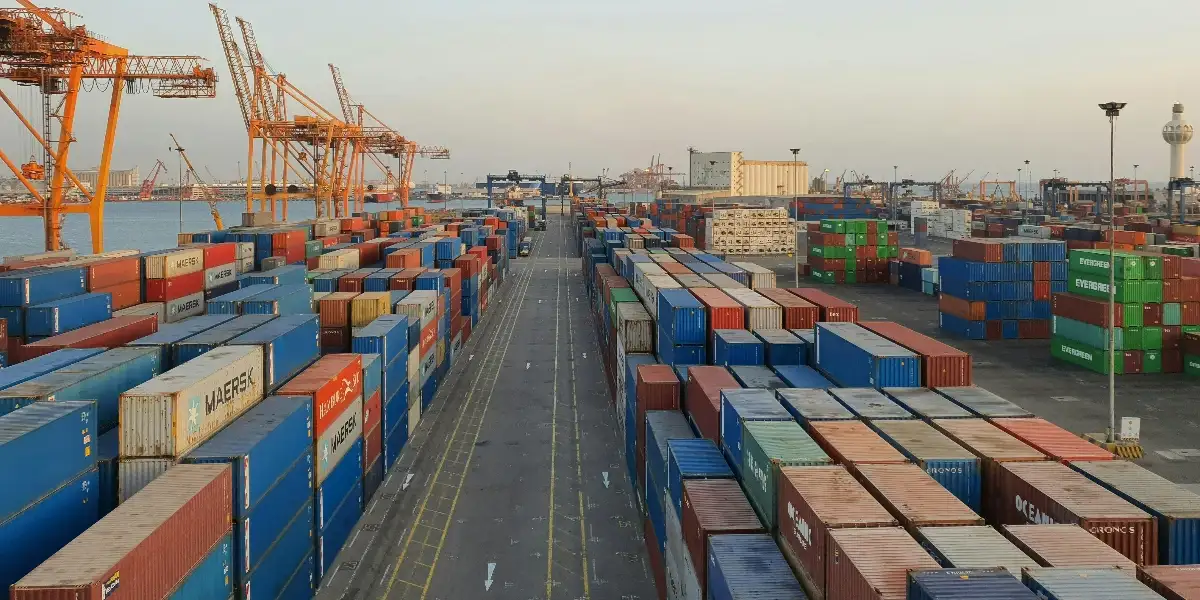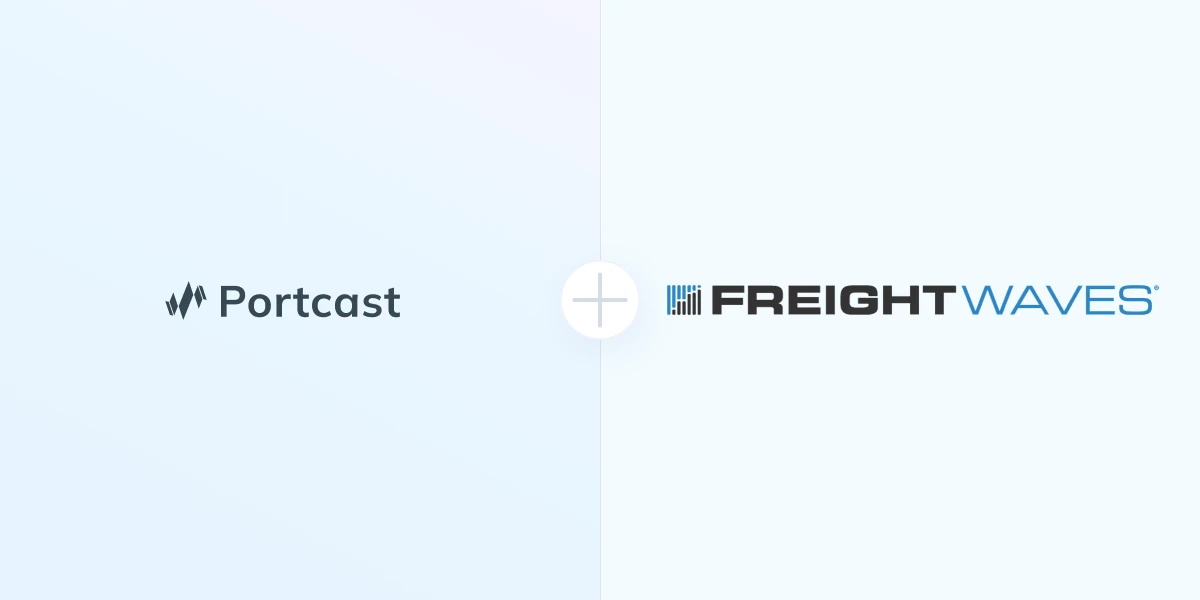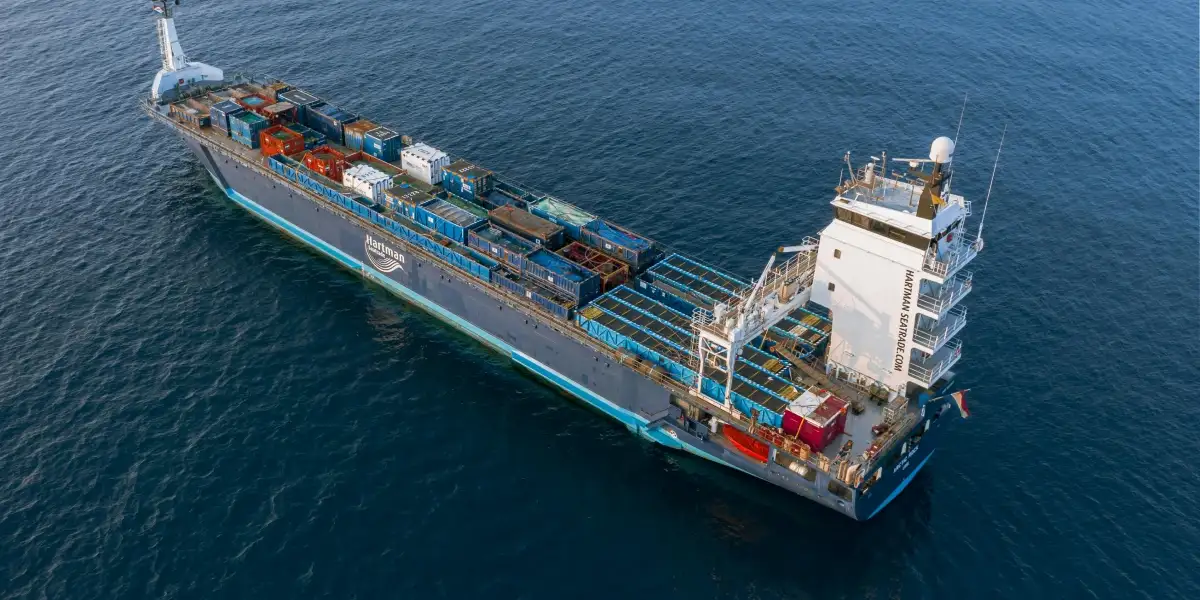Digitalization seems to have become the norm for every industry in the last few years. The pandemic has ensured that even the stragglers finally began the foray into digitalization. Now, we enter industry 4.0, the latest wave of digitalization. This includes utilizing the Internet of Things (IoT), robotics, data analytics, and more. It involves placing sensors, tags, and creating networks across all the systems and processes of industry.
With Industry 4.0, everything is connected, and data is constantly being acquired and analyzed to drive customer satisfaction and efficiency. Industry 4.0 can be seen across various (if not all) aspects of supply chain management as well. If a business is not using the tools of industry 4.0, it’s probably going to struggle amidst the competition very soon.
One can observe various technologies being employed across the supply chain that alter “traditional” operating methods. We see more granular orders, with expectations of exceptional service from consumers. There is also an increased emphasis on personalization and customization, with multiple ways for customers to shop. This directly results in a more competitive and demand-driven supply chain.
In fact, this demand has exceeded the current shipping supply chain infrastructure. As a result, we have problems like port congestion, driver shortages, and ultimately delays in shipping cargo. While shippers and port authorities can focus on improving infrastructure to address these persistent issues, it’s a time-consuming solution. The industry simply needs to be more efficient. Players who focus on this aspect are the ones who will inevitably have a higher return on their investment.
Digitalization allows industries to increase efficiency by connecting all their systems and gathering relevant data points from various processes. With multiple systems and processes automated, it’s possible for shippers, carriers, and other stakeholders to collect data across the intermodal supply chain. Thanks to intermediaries like 3PLs and other logistics technology service providers, it is also possible to collaborate on this supply chain data. Data collected across multiple systems and processes can be tracked and analyzed to derive predictive insights and avoid potential problems!
How digitalization actually looks for shippers and carriers, as well as port officials
With 90% of freight being offloaded at ports, digitalizing the maritime supply chain is one of the most effective ways to increase supply chain efficiency. But what does a digitized supply chain look like? Here are a few areas in supply chain management where digital tools usher in industry 4.0, enabling automation and connectivity on an unprecedented scale.
Trucking
The trucking industry is already going through a digitalization phase in many countries across the globe. According to a PwC report, trucking logistics costs will fall by 47 percent by 2030, mainly through a reduction of labour. This means we might be seeing autonomous, driverless trucks operated by robots and machines sooner rather than later.
While this might sound futuristic, we can already see transportation management systems matching goods to be delivered with trucks available. These digital systems handle everything from compliance and regulation requirements to demurrage costs and expected delivery time.
We also have digital software tracking trucks through RFID sensors and geotag-enabled devices. The ELD or the electronic logging device allows drivers to log in to work hours, thus helping carriers and truckers optimize driver schedules and delivery timings. These (AI) artificial intelligence-enabled systems also predict possible problems and allow managers to plan for inefficiencies.
Container and freight tracking
Container and freight tracking is an area of the supply chain which has also seen digital transformations. Container lines also benefit from digitalization as it leads to better integration with suppliers, improved efficiency and performance, and greater customer effectiveness. Digital IoT tools allow for real-time tracking of freight and inventory across the supply chain.
Container lines and shippers can also track container movements in real-time to predict arrival timing at ports, offloading or onboarding time needed, and even street-turn opportunities. Here at Portcast.io, we have developed a digital solution that helps you keep track of all your containers at a very granular level. Our software accurately predicts container arrival times and forecasts cargo demand, allowing you to plan ahead effectively.

This process allows stakeholders to save time and reduce costs from tracking containers to enabling shared truckloads.
Digital twin: digitized or smart ports
With ports being crucial to maritime trade, it is vital to ensure maximum efficiency at ports. But port congestion is a very real issue that shippers and carriers are currently struggling to deal with. Apart from this, ports also have to deal with reducing carbon emissions and investing in the latest equipment. The Port of Rotterdam, realizing these inherent issues, decided to create a digital twin of their port.
A virtual copy of the actual port, this DT (digital twin) mimics the port and all the operations within. The port facilities, containers, equipment, etc., are all outfitted with IoT tools that allow tracking and data acquisition. In this way, they can anticipate and predict how the port will be affected in the day-to-day activities. The port has also adopted a “smart port” system, facilitating sustainable growth with partners. The port uses data analytics to make accurate predictions for staying afloat and increasing efficiency in the competitive maritime industry.
4 key benefits of digitalization
1. Improved efficiency due to supply chain automation & real-time visibility
Supply chain automation leads to a transformation in the way companies do business. Automated supply chains can improve visibility and provide real-time insights, allowing stakeholders to control the processes.
This also allows businesses to fix operations while making necessary technology improvements as well. While many large corporations invest in ERP systems (enterprise-resource-planning), they may not prioritize automating other areas of the supply chain such as demand forecasting, container tracking, and more. However, identifying the tech gap and using the optimum digital tools can lead to real-time visibility, improved efficiencies, and overall cost reduction.
2. Increase in sustainability practices
A sustainable supply chain is not just about reducing emissions and one’s carbon footprint. It also allows companies to save money by using sustainable strategies. They can capitalize on the increased efficiency of buildings, equipment, and materials.
Digital tools allow businesses to map their supply chains, enabling them to document, store, and digitize essential processes and functions. This can also help businesses understand their freight and cargo movement achieving sustainability as a result.
3. Power to predict demand and supply
Autonomous digitized supply chains involve gathering data from various operations and tracking it. It also involves collaborating with other digital systems that facilitate an exchange of data. For example, maritime data to trucking data to ETAs and other data points can all be found on a transportation and supply chain management system. This data can be further analyzed to predict demand and supply.
Demand forecasting gives businesses, shippers, and carriers the power to plan their loads effectively. Container scarcity, port congestion, driver shortage, equipment shortage, a large volume of carbon emissions are all problems that can be addressed and avoided with en pointe demand forecasting.
4. Higher customer satisfaction due to improved visibility
A digital supply chain results in more efficient and timely delivery. Full shelves and on-time last-mile orders directly result from a digitally powerful and AI-backed supply chain. Whether it’s the end customer, the supplier waiting to receive goods, or the shipper/ freight forwarder wanting containers or trucks to ship cargo, all get more accurate visibility due to digital tools. This results in happy customers across the board.
A McKinsey report suggests that, on average, companies that digitalize their supply chains can expect annual revenue growth of 2.3%. According to the report, this is the largest increase from digitalizing in any business area. It’s clear that this is the time businesses, big and small, need to reexamine their supply chains and go digital.







